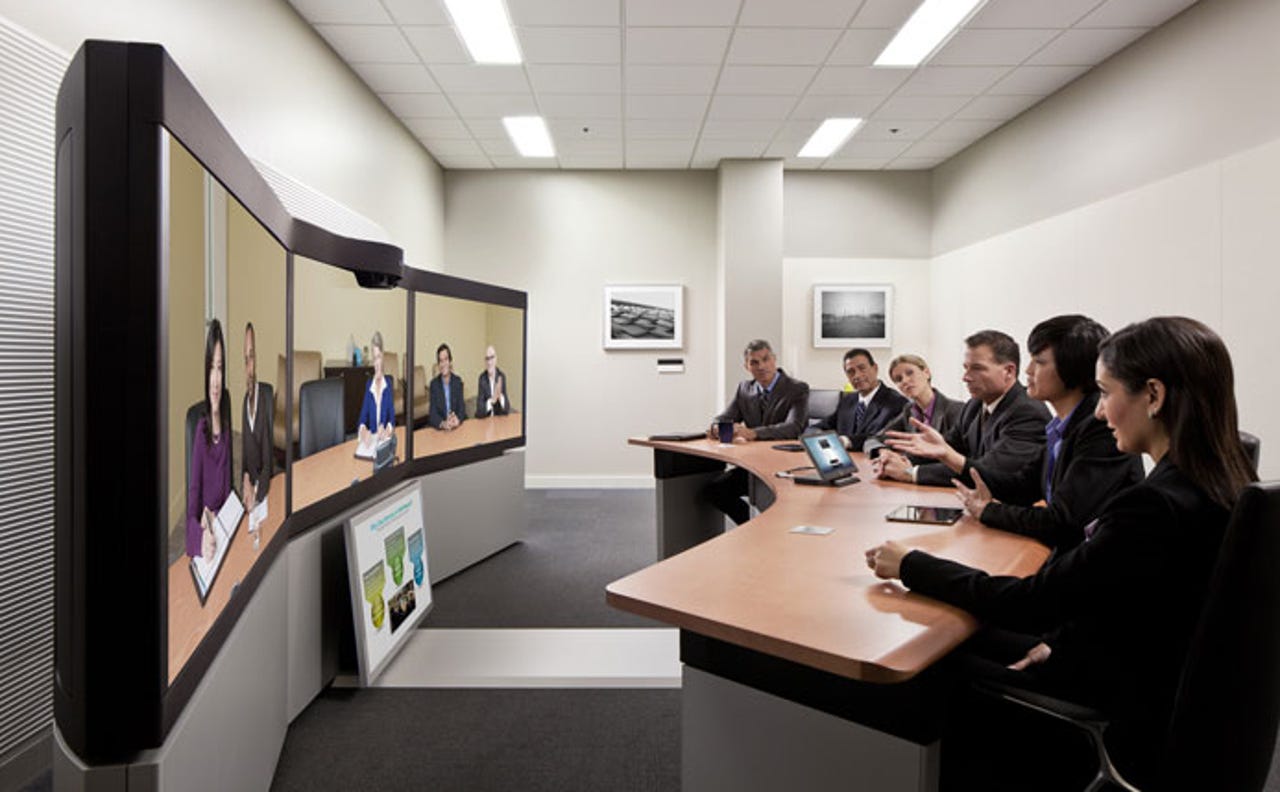Enterprise telepresence sales slide: More than economy at fault


The enterprise videoconferencing and telepresence market revenue pie shrunk 10 percent in the second quarter relative to a year ago, according to IDC data.
IDC reported that enterprise videoconferencing revenue was $564 million, the lowest mark since the first quarter of 2011. Immersive telepresence sales basically collapsed---down 38.4 percent in the second quarter compared to a year ago. Only Asia/Pacific showed growth in the second quarter.
Cisco's second quarter market share stood at 41.9 percent of the market, down from 48.7 percent in the first quarter. Polycom's market share was 32.5 percent, up from 27.7 percent.
The culprit for the weak sales, based on earnings conference calls and IDC, has been the economy and lower spending by governments and education institutions. However, I'd argue something else is behind the slide---good enough video conferencing.
Immersive telepresence is great technology, but there are back-end bandwidth costs as well as the need to retrofit conference rooms. In other words, the market is a bit limited to multinationals who have a bunch of employees flying around the world. Meanwhile, videoconferencing is going mobile as bring your own device and consumerization dominate enterprise IT. Where does immersive telepresence fit in that equation?
The average corporate cube dweller can get by with Skype, FaceTime, Google Talk, Microsoft tools, Citrix's GoToMeeting and a bevy of other technologies. Meanwhile, players like Logitech's LifeSize are bringing low-priced corporate systems to market. In other words, small workgroups don't need fancy video systems. And guess what? Most large corporations happen to consist of armies of small workgroups.
Videoconferencing will ultimately replace phone calls, but you're not going to need expensive projects to deliver that communication. Corporations will remain on the video bandwagon, but are likely to explore multiple---cheaper---options.